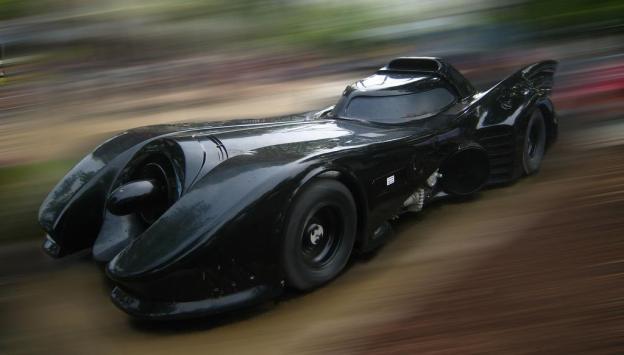
As outlined on an economics blog called Centives managed by Lehigh University students, the group has developed cost estimates on both Bruce Wayne’s Batmobile from comic books as well as the films and the Galactic Empire’s Death Star from the Star Wars saga. In order to determine the total cost of building a Batmobile, the students looked at commercially available cars as well as different revisions of the Batmobile as recorded by BatmobileHistory.com. According to the data, the students believe that the average Batmobile would cost approximately $214,700. However, different models of the Batmobile over the years have wildly fluctuated in price.

Shifting to the Star Wars universe, the students landed on an astounding figure of $852,000,000,000,000,000 for just the steel that would go into the construction of the Death Star. That figure was calculated from current steel prices and is approximately 13,000 times the world’s GDP. The students estimate that the Empire would use slightly more than a quadrillion tons of steel which would require 833,315 years to produce on Earth based on the current rate of steel production. However, it’s likely that the Empire would collect materials from a collection of planets. These figures were based off an estimated Death Star size of 140 kilometers in diameter.
In addition to these cost estimates for the Batmobile and Death Star, the students recently looked into the Doctor Who series to figure out how much cash the Doctor could make by renting out the TARDIS for an entire year. After adding up the costs of lodging, language translation, worldwide transportation, space transportation and time travel as related to cryogenics, the students came up with a figure of nearly 24 million dollars a year in rental costs.


